Sustainable Urban Transport Planning Considering Different Stakeholder Groups by an Interval-AHP Decision Support Model
Abstract
1. Introduction
1.1. Public Involvement in Urban Transport Development
1.2. Literature Review on MCDM for Transportation and Consultation Efforts
2. Methodology
2.1. Workflow for MCDA Applied to Public Transport Supply
- A consistency check is required (passengers and non-passengers are evaluators);
- The ranking of factors is both ordinal and cardinal;
- In the final decision, not only is the ranking itself important but also the scores assigned to each factor.
2.2. Conventional AHP
2.3. Interval-AHP
- For each we have .
- P and Q are reciprocal matrices.
- can be defined as an interval comparison reciprocal matrix for any .
3. Results
3.1. Results of Conventional AHP
3.2. Results of IAHP
4. Comparing Results and Discussion
5. Conclusions
Author Contributions
Funding
Conflicts of Interest
References
- World Bank. World Development Report. Development and Climate Change; World Bank: Washington, DC, USA, 2010. [Google Scholar]
- Rashidi, K.; Stadelmann, M.; Patt, A. Valuing co-benefits to make low-carbon investments in cities bankable: The case of waste and transportation projects. Sustain. Cities Soc. 2017, 34, 69–78. [Google Scholar] [CrossRef]
- Kwan, S.C.; Sutan, R.; Hashim, J.H. Trip characteristics as the determinants of intention to shift to rail transport among private motor vehicle users in Kuala Lumpur, Malaysia. Sustain. Cities Soc. 2018, 36, 319–326. [Google Scholar] [CrossRef]
- Chiu Chuen, O.; Karim, M.R.; Yusoff, S. Mode choice between private and public transport in Klang valley, Malaysia. Sci. World J. 2014, 2014, 394587. [Google Scholar] [CrossRef]
- Corpuz, G. Public Transport or Private Vehicle: Factors That Impact on Mode Choice. Available online: https://trid.trb.org/view/855223 (accessed on 19 December 2018).
- Duleba, S.; Mishina, T.; Shimazaki, Y. A dynamic analysis on public bus transport’s supply quality by using AHP. Transport 2012, 27, 268–275. [Google Scholar] [CrossRef]
- Ioppolo, G.; Cucurachi, S.; Salomone, R.; Saija, G.; Shi, L. Sustainable local development and environmental governance: A strategic planning experience. Sustainability 2016, 8, 180. [Google Scholar] [CrossRef]
- Koryagin, A. Urban planning: A game theory application for the travel demand management. Period. Polytech. Transp. Eng. 2018, 46, 171–178. [Google Scholar] [CrossRef]
- Hrelja, R. Integrating transport and land-use planning? How steering cultures in local authorities affect implementation of integrated public transport and land-use planning. Transp. Res. Part A Policy Pract. 2015, 74, 1–13. [Google Scholar] [CrossRef]
- Zhang, C.; Juan, Z.; Lu, W.; Xiao, G. Do the organizational forms affect passenger satisfaction? Evidence from chinese public transport service. Transp. Res. Part A Policy Pract. 2016, 94, 129–148. [Google Scholar] [CrossRef]
- Kylili, A.; Fokaides, P.A. European smart cities: The role of zero energy buildings. Sustain. Cities Soc. 2015, 15, 86–95. [Google Scholar] [CrossRef]
- Beierle, T.C.; Cayford, J.; Beierle, T.C. Democracy in Practice; Taylor & Francis: Didcot, UK, 2002. [Google Scholar]
- Van Lierop, D.; Badami, M.G.; El-Geneidy, A.M. What influences satisfaction and loyalty in public transport? A review of the literature. Transp. Rev. 2018, 38, 52–72. [Google Scholar] [CrossRef]
- Kinzer, K. How can we help? An exploration of the public’s role in overcoming barriers to urban sustainability plan implementation. Sustain. Cities Soc. 2018, 39, 719–728. [Google Scholar] [CrossRef]
- Soma, K.; Nielsen, J.; Papadopoulou, N.; Polet, H.; Zengin, M.; Smith, C.; Eigaard, O.; Sala, A.; Bonanomi, S.; Van Den Burg, S. Stakeholder perceptions in fisheries management-sectors with benthic impacts. Mar. Policy 2018, 92, 73–85. [Google Scholar] [CrossRef]
- Redman, L.; Friman, M.; Gärling, T.; Hartig, T. Quality attributes of public transport that attract car users: A research review. Transp. Policy 2013, 25, 119–127. [Google Scholar] [CrossRef]
- Garrido-Jurado, S.; Muñoz-Salinas, R.; Madrid-Cuevas, F.J.; Marín-Jiménez, M.J. Automatic generation and detection of highly reliable fiducial markers under occlusion. Pattern Recognit. 2014, 47, 2280–2292. [Google Scholar] [CrossRef]
- Nassereddine, M.; Eskandari, H. An integrated mcdm approach to evaluate public transportation systems in tehran. Transp. Res. Part A Policy Pract. 2017, 106, 427–439. [Google Scholar] [CrossRef]
- Duleba, S.; Shimazaki, Y.; Mishina, T. An analysis on the connections of factors in a public transport system by AHP-ISM. Transport 2013, 28, 404–412. [Google Scholar] [CrossRef]
- Moslem, S.; Duleba, S. Application of ahp for evaluating passenger demand for public transport improvements in Mersin, Turkey. Pollack Period. 2018, 13, 67–76. [Google Scholar] [CrossRef]
- Duleba, S.; Moslem, S. Examining pareto optimality in analytic hierarchy process on real data: An application in public transport service development. Expert Syst. Appl. 2019, 116, 21–30. [Google Scholar] [CrossRef]
- Macharis, C.; De Witte, A.; Ampe, J. The Multi-Actor, Multi-Criteria Analysis Methodology (MAMCA) for the Evaluation of Transport Projects: Theory and Practice. J. Adv. Transp. 2008, 43, 183–202. [Google Scholar] [CrossRef]
- De Brucker, K.; Macharis, C.; Verbeke, A. Multi-citeria analysis and the resolution of sustainable development dilemmas: A stakeholder management approach. Eur. J. Oper. Res. 2013, 224, 122–131. [Google Scholar] [CrossRef]
- Janiak, M.K.; Jacek, Ż. Multiple criteria evaluation of different redesign variants of the public tram system. Transp. Res. Procedia 2014, 3, 690–699. [Google Scholar] [CrossRef]
- Suganthi, L. Multi expert and multi criteria evaluation of sectoral investments for sustainable development: An integrated fuzzy ahp, vikor/dea methodology. Sustain. Cities Soc. 2018, 43, 144–156. [Google Scholar] [CrossRef]
- Mardani, A.; Zavadskas, E.K.; Khalifah, Z.; Jusoh, A.; Nor, K.M. Multiple criteria decision-making techniques in transportation systems: A systematic review of the state of the art literature. Transport 2016, 31, 359–385. [Google Scholar] [CrossRef]
- Saaty, T.L. The analytic network process. In Decision Making with the Analytic Network Process; Springer: Berlin, Germany, 2006; pp. 1–26. [Google Scholar]
- Pedroso, G.; Bermann, C.; Sanches-Pereira, A. Combining the functional unit concept and the analytic hierarchy process method for performance assessment of public transport options. Case Stud. Transp. Policy 2018, 6, 722–736. [Google Scholar] [CrossRef]
- Fu, S.; Yan, X.; Zhang, D.; Zhang, M. Risk influencing factors analysis of arctic maritime transportation systems: A Chinese perspective. Marit. Policy Manag. 2018, 45, 439–455. [Google Scholar] [CrossRef]
- Boujelbene, Y.; Derbel, A. The performance analysis of public transport operators in Tunisia using AHP method. Procedia Comput. Sci. 2015, 73, 498–508. [Google Scholar] [CrossRef]
- Vaidya, O.S. Evaluating the performance of public urban transportation systems in India. J. Public Transp. 2014, 17, 11. [Google Scholar] [CrossRef]
- Feizizadeh, B.; Ghorbanzadeh, O. GIS-based interval pairwise comparison matrices as a novel approach for optimizing an analytical hierarchy process and multiple criteria weighting. GI_Forum 2017, 1, 27–35. [Google Scholar] [CrossRef]
- De Brito, M.M.; Evers, M.; Almoradie, A.D.S. Participatory flood vulnerability assessment: A multi-criteria approach. Hydrol. Earth Syst. Sci. 2018, 22, 373. [Google Scholar] [CrossRef]
- Lehner, A.; Erlacher, C.; Schlögl, M.; Wegerer, J.; Blaschke, T.; Steinnocher, K. Can iso-defined urban sustainability indicators be derived from remote sensing: An expert weighting approach. Sustainability 2018, 10, 1268. [Google Scholar] [CrossRef]
- Ghorbanzadeh, O.; Feizizadeh, B.; Blaschke, T. An interval matrix method used to optimize the decision matrix in AHP technique for land subsidence susceptibility mapping. Environ. Earth Sci. 2018, 77, 584. [Google Scholar] [CrossRef]
- Mendoza, G.A.; Martins, H. Multi-criteria decision analysis in natural resource management: A critical review of methods and new modelling paradigms. For. Ecol. Manag. 2006, 230, 1–22. [Google Scholar] [CrossRef]
- Cabrera-Barona, P.; Ghorbanzadeh, O. Comparing classic and interval analytical hierarchy process methodologies for measuring area-level deprivation to analyze health inequalities. Int. J. Environ. Res. Public Health 2018, 15, 140. [Google Scholar] [CrossRef] [PubMed]
- Feizizadeh, B. A novel approach of fuzzy dempster–shafer theory for spatial uncertainty analysis and accuracy assessment of object-based image classification. IEEE Geosci. Remote Sens. Lett. 2018, 15, 18–22. [Google Scholar] [CrossRef]
- Ghorbanzadeh, O.; Feizizadeh, B.; Blaschke, T. Multi-criteria risk evaluation by integrating an analytical network process approach into GIS-based sensitivity and uncertainty analyses. Geomat. Nat. Hazards Risk 2018, 9, 127–151. [Google Scholar] [CrossRef]
- Larimian, T.; Zarabadi, Z.S.S.; Sadeghi, A. Developing a fuzzy AHP model to evaluate environmental sustainability from the perspective of secured by design scheme—A case study. Sustain. Cities Soc. 2013, 7, 25–36. [Google Scholar] [CrossRef]
- Massami, E.P.; Myamba, B.M. Application of vague analytical hierarchy process to prioritize the challenges facing public transportation in dar es salaam city—Tanzania. Int. J. Adv. Res. Artif. Intell. 2016, 5, 46–53. [Google Scholar]
- Entani, T.; Sugihara, K. Uncertainty index based interval assignment by interval AHP. Eur. J. Oper. Res. 2012, 219, 379–385. [Google Scholar] [CrossRef]
- Chen, J.; Yang, Y. A fuzzy ANP-based approach to evaluate region agricultural drought risk. Procedia Eng. 2011, 23, 822–827. [Google Scholar] [CrossRef]
- Saaty, T.L.; Vargas, L.G. Inconsistency and rank preservation. J. Math. Psychol. 1984, 28, 205–214. [Google Scholar] [CrossRef]
- Tumpach, C.; Dwivedi, P.; Izlar, R.; Cook, C. Understanding perceptions of stakeholder groups about forestry best management practices in Georgia. J. Environ. Manag. 2018, 213, 374–381. [Google Scholar] [CrossRef] [PubMed]
- Solomon, M. Groupthink versus the wisdom of crowds: The social epistemology of deliberation and dissent. South. J. Philos. 2006, 44, 28–42. [Google Scholar] [CrossRef]
- Pourghasemi, H.R.; Beheshtirad, M.; Pradhan, B. A comparative assessment of prediction capabilities of modified analytical hierarchy process (M-AHP) and Mamdani fuzzy logic models using Netcad-GIS for forest fire susceptibility mapping. Geomat. Nat. Hazards Risk 2016, 7, 861–885. [Google Scholar] [CrossRef]
- Vidal, L.-A.; Marle, F.; Bocquet, J.-C. Using a Delphi process and the analytic hierarchy process (AHP) to evaluate the complexity of projects. Expert Syst. Appl. 2011, 38, 5388–5405. [Google Scholar] [CrossRef]
- Goodwin, P.; Wright, G. Decision Analysis for Management Judgment, 5th ed.; John Wiley & Sons: Hoboken, NJ, USA, 2014. [Google Scholar]
- Si, J.; Marjanovic-Halburd, L.; Nasiri, F.; Bell, S. Assessment of building-integrated green technologies: A review and case study on applications of multi-criteria decision making (MCDM) method. Sustain. Cities Soc. 2016, 27, 106–115. [Google Scholar] [CrossRef]
- Malczewski, J.; Rinner, C. Introduction to GIS-MCDA. In Multicriteria Decision Analysis in Geographic Information Science; Springer: Berlin, Germany, 2015; pp. 23–54. [Google Scholar]
- Chen, N.; Xu, Z.; Xia, M. Interval-valued hesitant preference relations and their applications to group decision making. Knowl.-Based Syst. 2013, 37, 528–540. [Google Scholar] [CrossRef]
- Liu, F. Acceptable consistency analysis of interval reciprocal comparison matrices. Fuzzy Sets Syst. 2009, 160, 2686–2700. [Google Scholar] [CrossRef]
- Pourtaghi, Z.S.; Pourghasemi, H.R.; Rossi, M. Forest fire susceptibility mapping in the Minudasht forests, Golestan province, Iran. Environ. Earth Sci. 2015, 73, 1515–1533. [Google Scholar] [CrossRef]
- Mikhailov, L. Group prioritization in the AHP by fuzzy preference programming method. Comput. Oper. Res. 2004, 31, 293–301. [Google Scholar] [CrossRef]
- Pirnazar, M.; Karimi, A.Z.; Feizizadeh, B.; Ostad-Ali-Askari, K.; Eslamian, S.; Hasheminasab, H.; Ghorbanzadeh, O.; Hamedani, M.H. Assessing flood hazard using GIS based multi-criteria decision making approach; study area: East-Azerbaijan province (Kaleybar Chay Basin). J. Flood Eng. 2017, 8, 203–223. [Google Scholar]
- Kritikos, T.R.; Davies, T.R. Gis-based multi-criteria decision analysis for landslide susceptibility mapping at northern Evia, Greece [gis-basierte multikriterielle entscheidungsanalysen zur kartierung von massenverlagerungspotenzialen im nördlichen evia, griechenland.]. Zeitschrift der Deutschen Gesellschaft für Geowissenschaften 2011, 162, 421–434. [Google Scholar] [CrossRef]
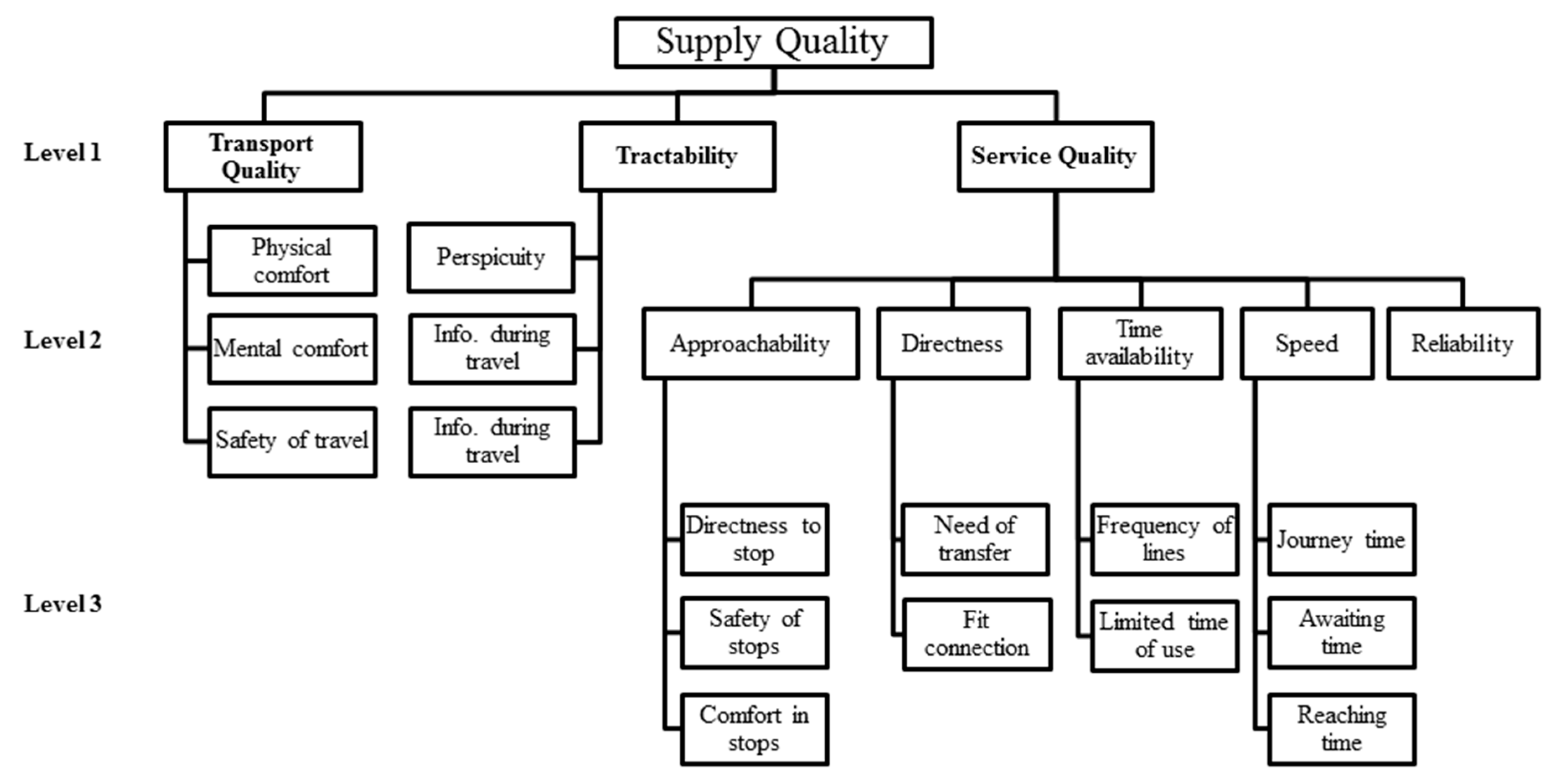
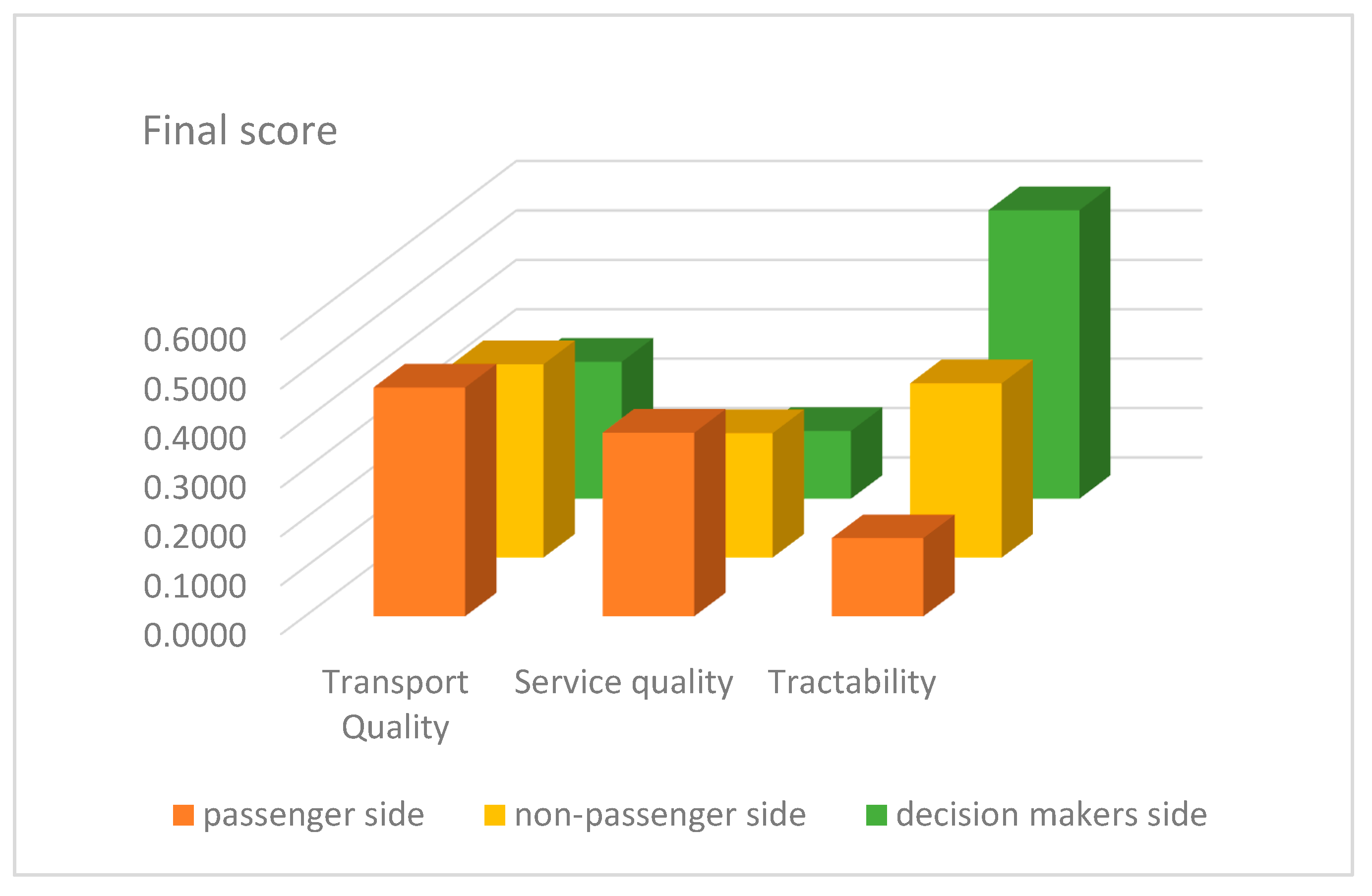
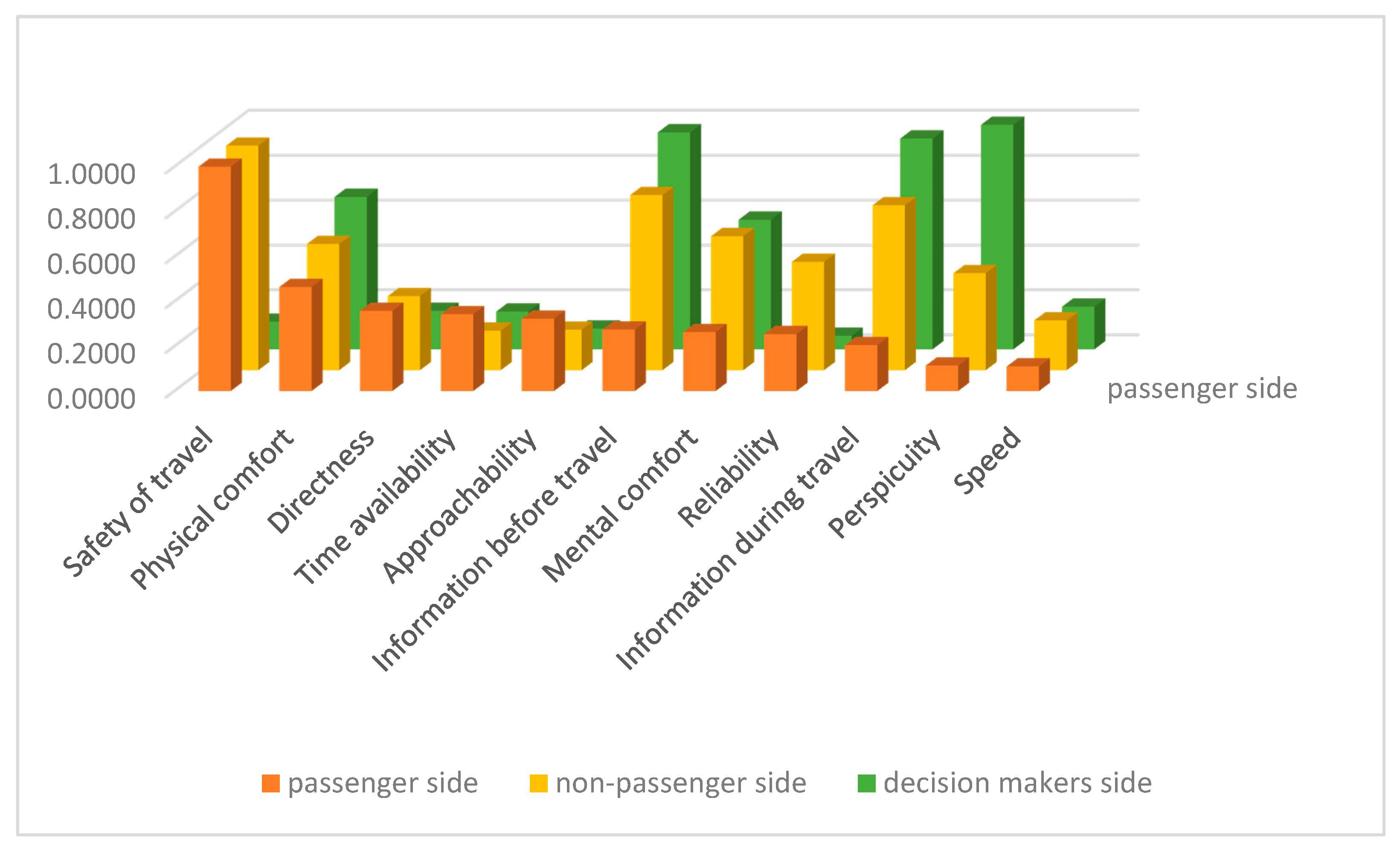
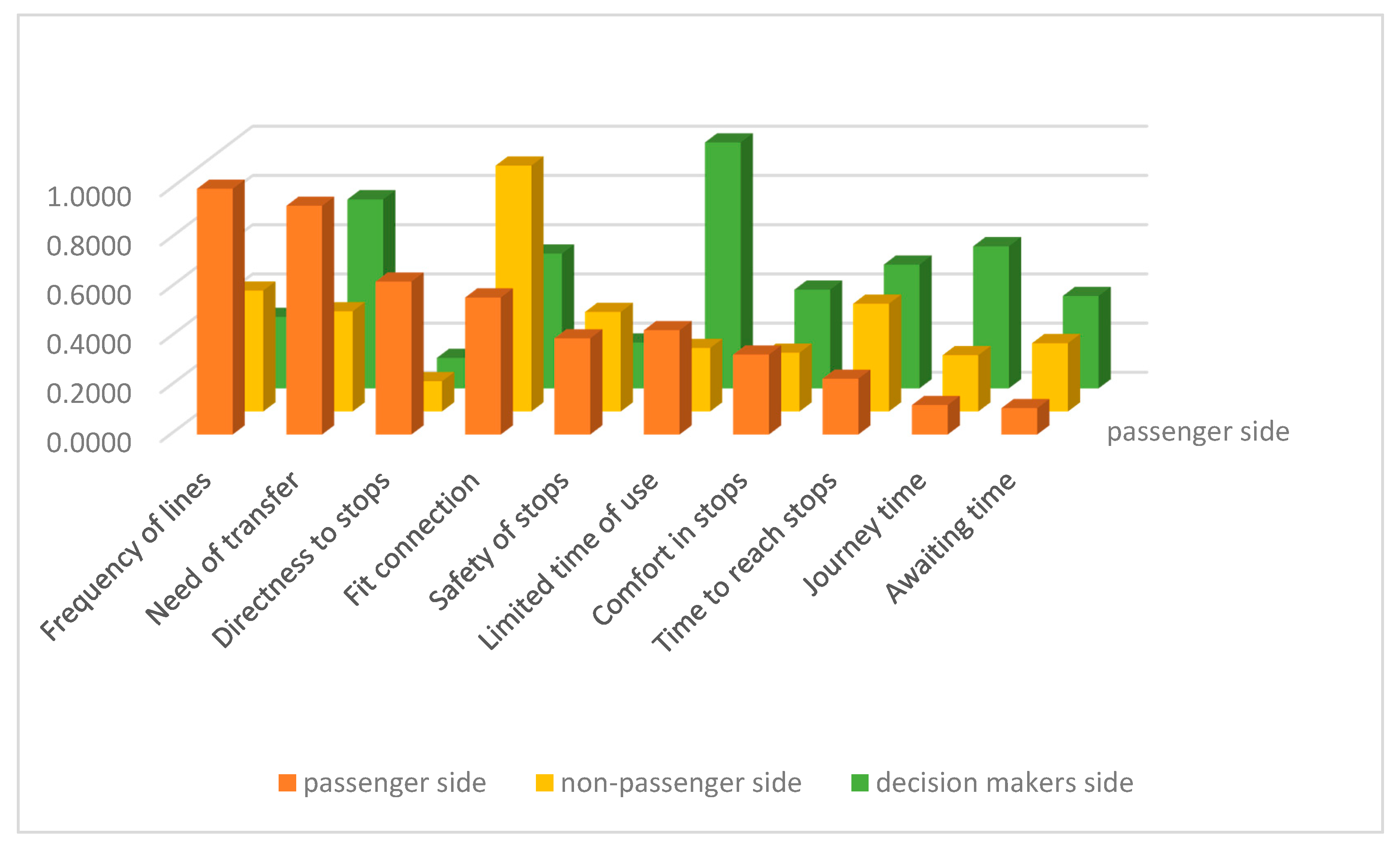

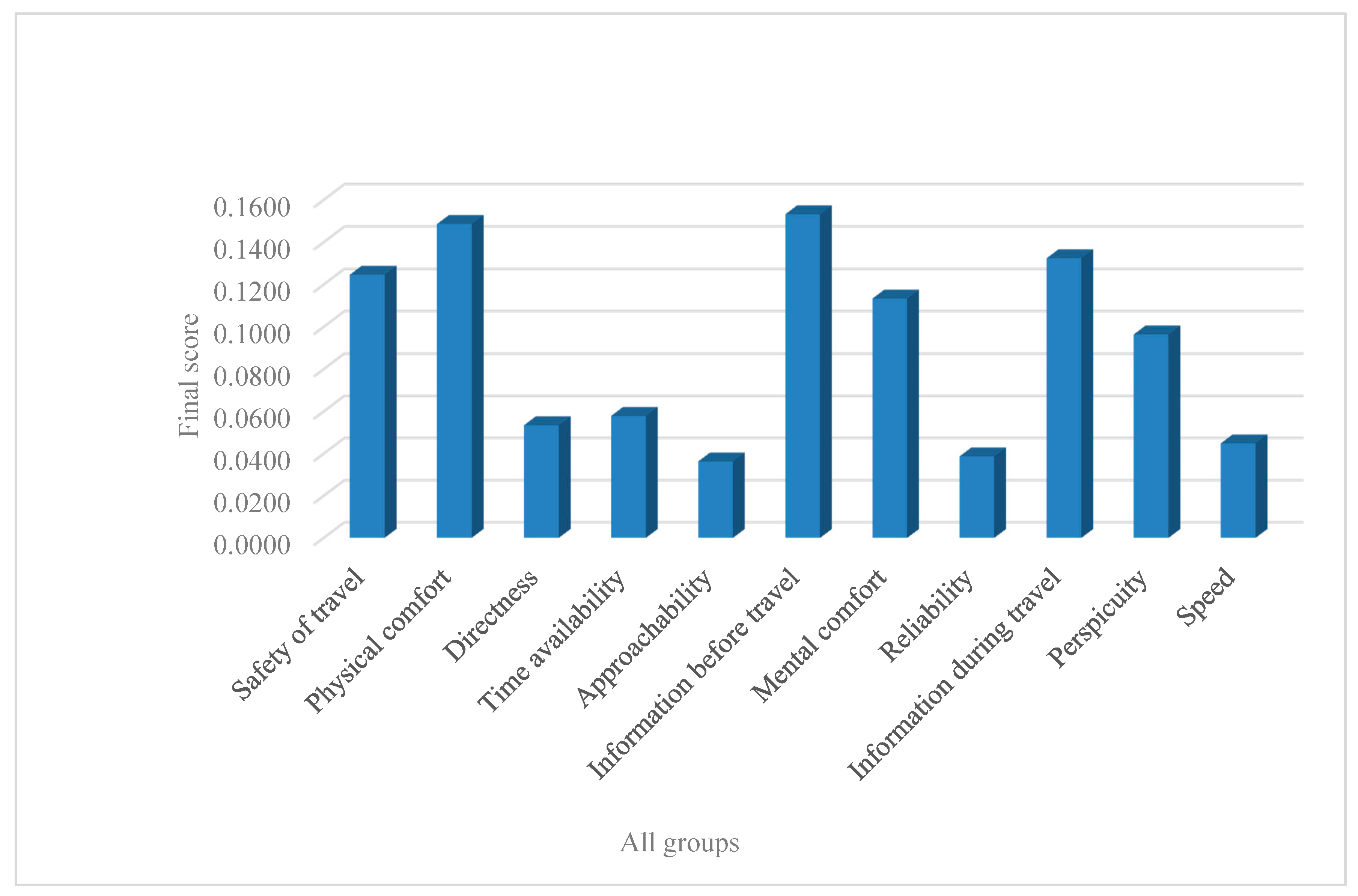
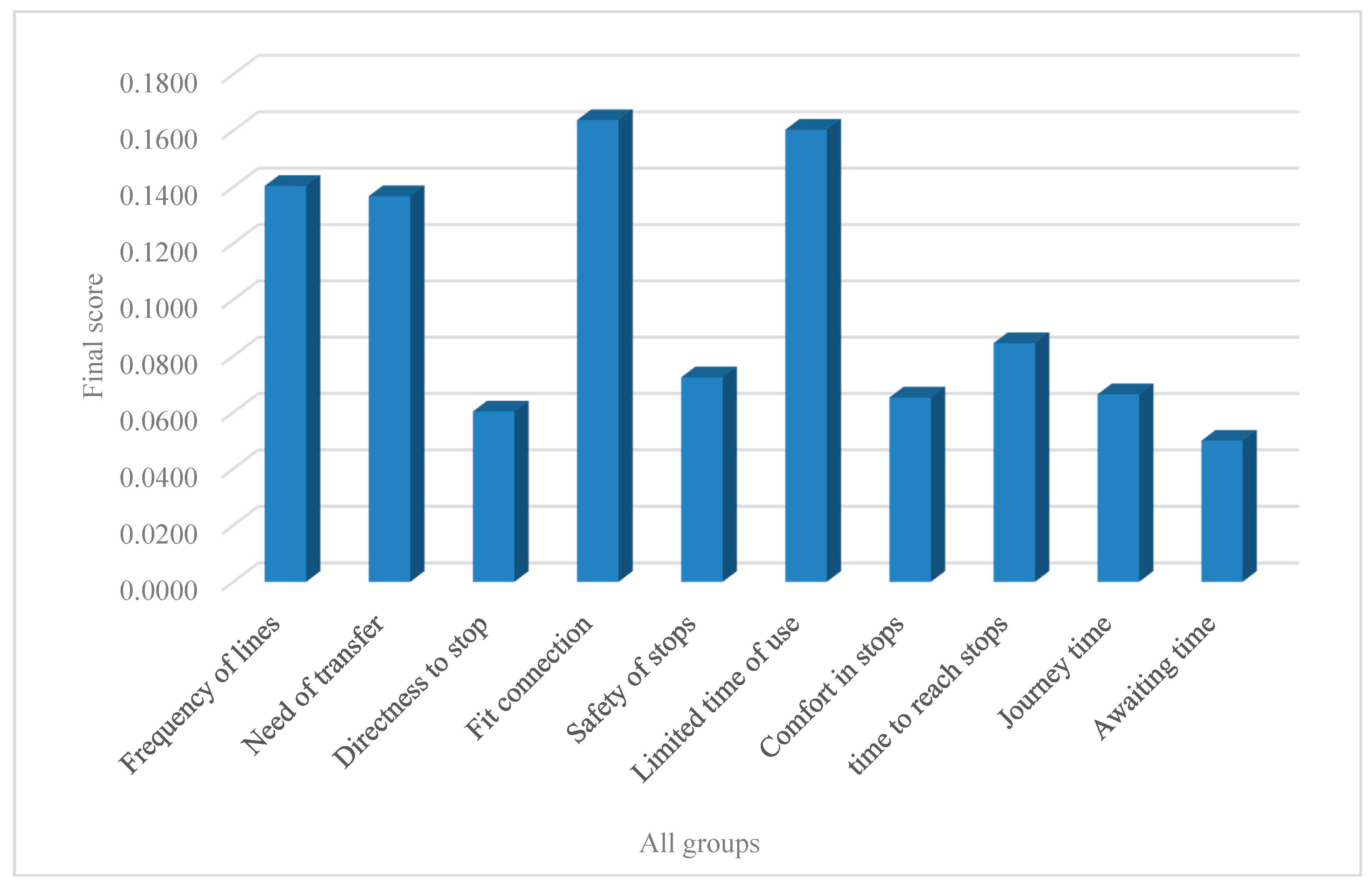
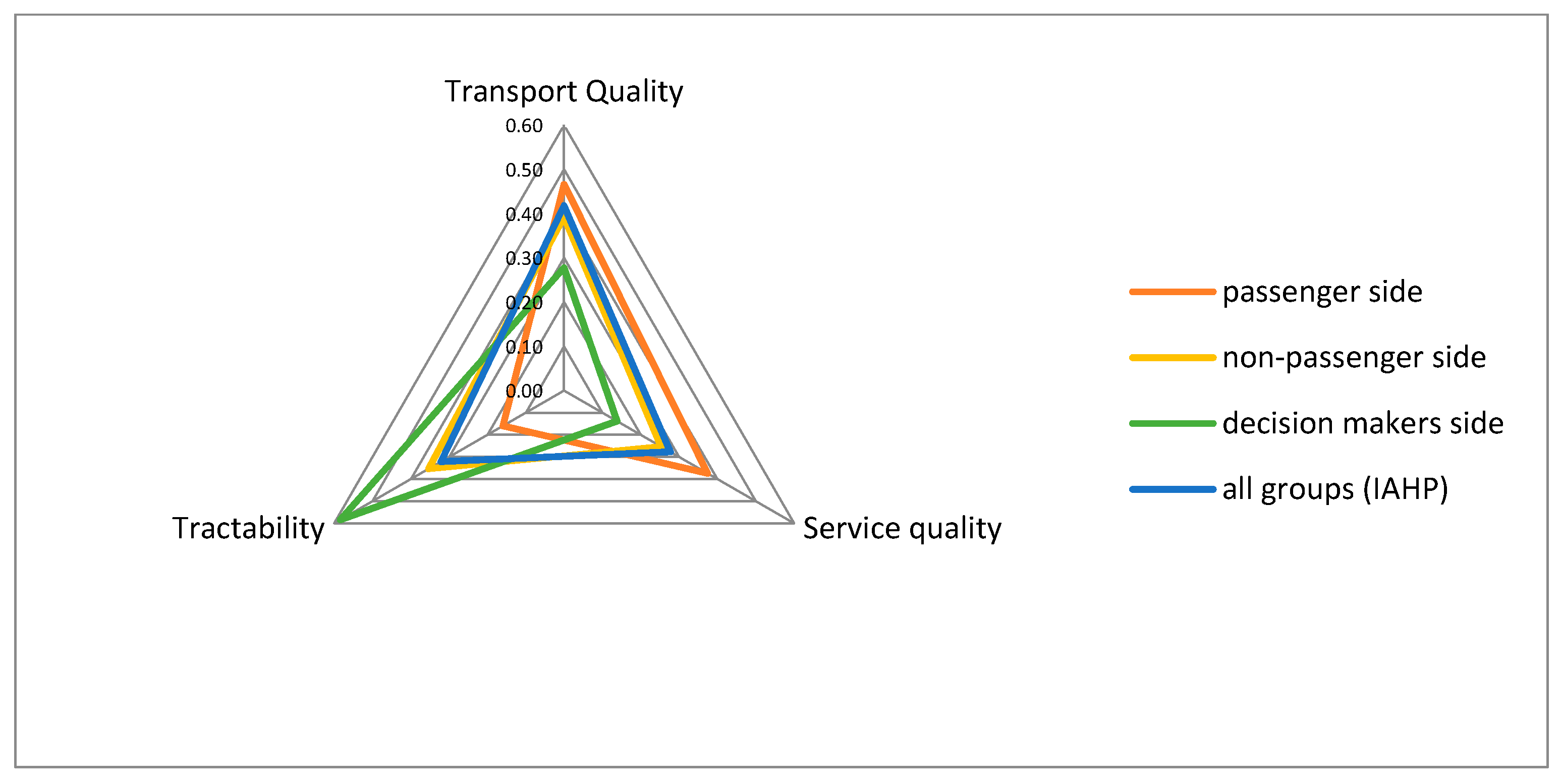
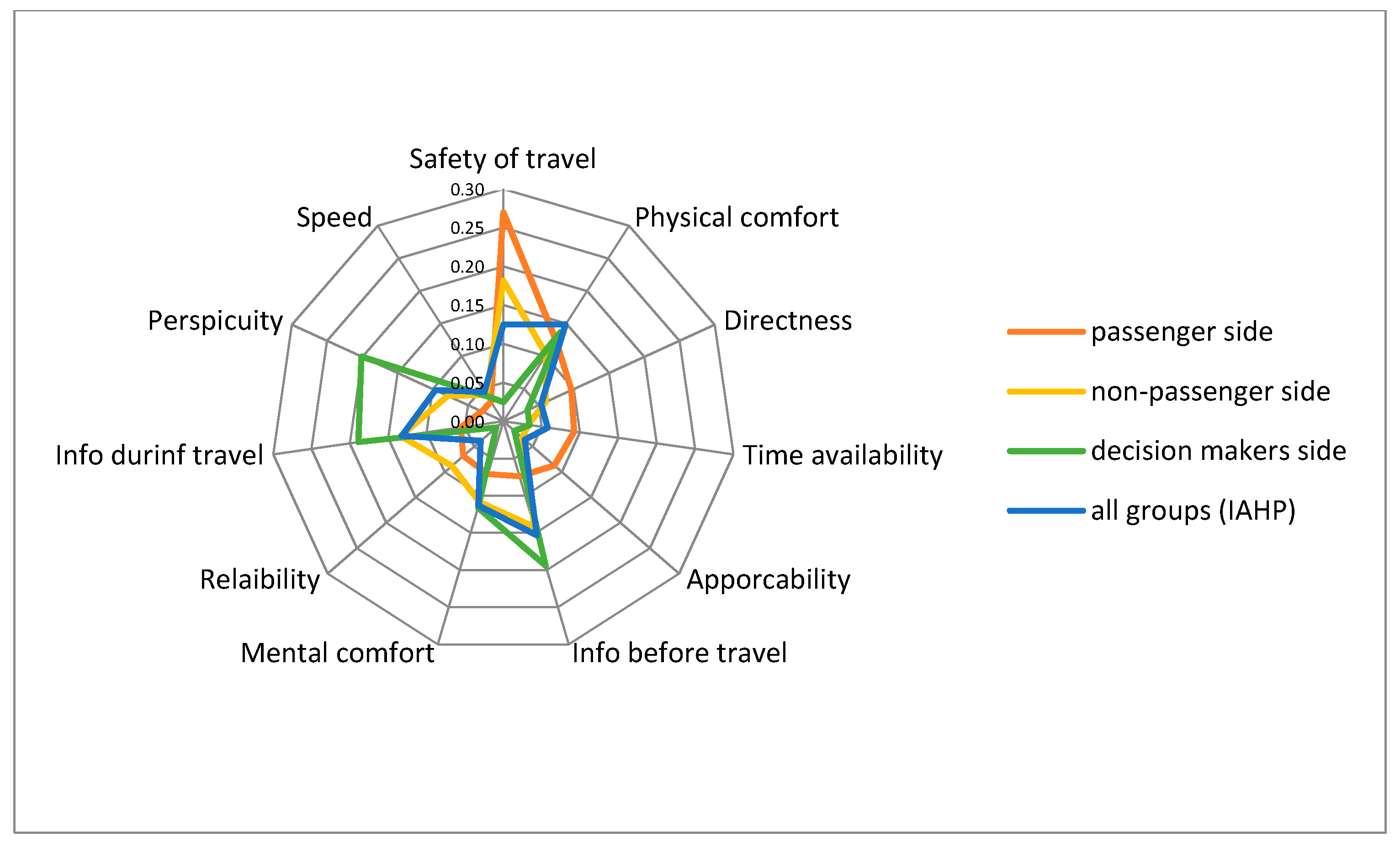

| Numerical Values | Verbal Scale | Explanation |
|---|---|---|
| 1 | Equal importance of both elements | Two elements contribute equally |
| 3 | Moderate importance of one element over another | Experience and judgment favour one element over another |
| 5 | Strong importance of one element over another | An element is strongly favoured |
| 7 | Very strong importance of one element over another | An element is very strongly dominant |
| 9 | Extreme importance of one element over another | An element is favoured by at least an order of magnitude |
| 2, 4, 6, 8 | Intermediate values | Used to compromise between two judgments |
| n | 2 | 3 | 4 | 5 | 6 | 7 | 8 | 9 |
| RI | 0 | 0.58 | 0.9 | 1.12 | 1.24 | 1.32 | 1.41 | 1.45 |
© 2018 by the authors. Licensee MDPI, Basel, Switzerland. This article is an open access article distributed under the terms and conditions of the Creative Commons Attribution (CC BY) license (http://creativecommons.org/licenses/by/4.0/).
Share and Cite
Ghorbanzadeh, O.; Moslem, S.; Blaschke, T.; Duleba, S. Sustainable Urban Transport Planning Considering Different Stakeholder Groups by an Interval-AHP Decision Support Model. Sustainability 2019, 11, 9. https://doi.org/10.3390/su11010009
Ghorbanzadeh O, Moslem S, Blaschke T, Duleba S. Sustainable Urban Transport Planning Considering Different Stakeholder Groups by an Interval-AHP Decision Support Model. Sustainability. 2019; 11(1):9. https://doi.org/10.3390/su11010009
Chicago/Turabian StyleGhorbanzadeh, Omid, Sarbast Moslem, Thomas Blaschke, and Szabolcs Duleba. 2019. "Sustainable Urban Transport Planning Considering Different Stakeholder Groups by an Interval-AHP Decision Support Model" Sustainability 11, no. 1: 9. https://doi.org/10.3390/su11010009
APA StyleGhorbanzadeh, O., Moslem, S., Blaschke, T., & Duleba, S. (2019). Sustainable Urban Transport Planning Considering Different Stakeholder Groups by an Interval-AHP Decision Support Model. Sustainability, 11(1), 9. https://doi.org/10.3390/su11010009








